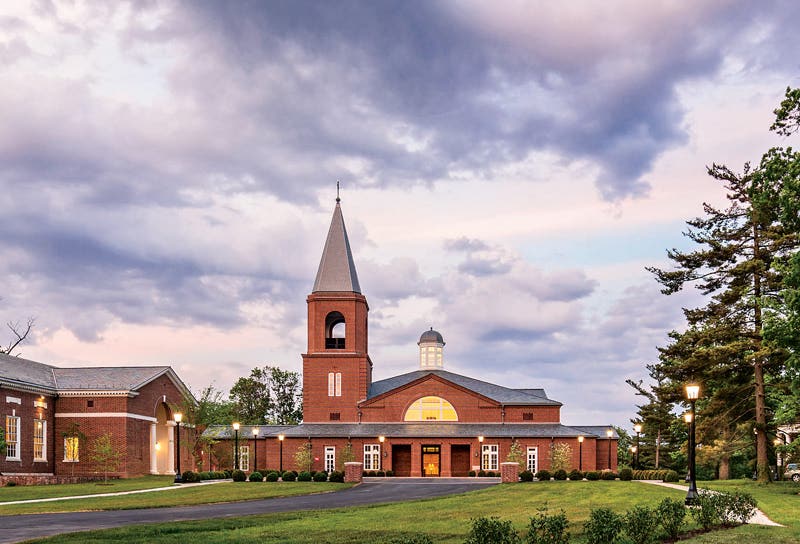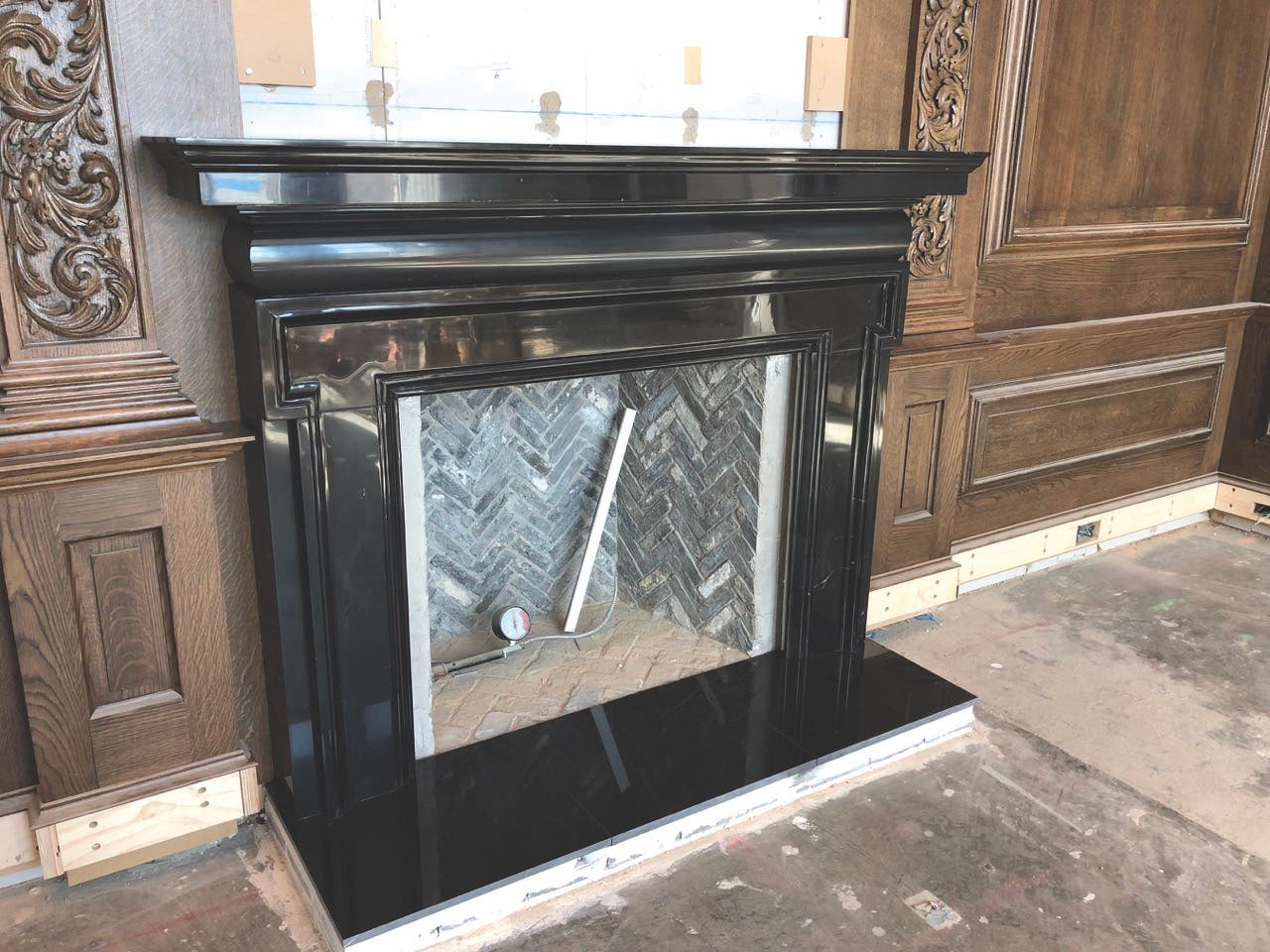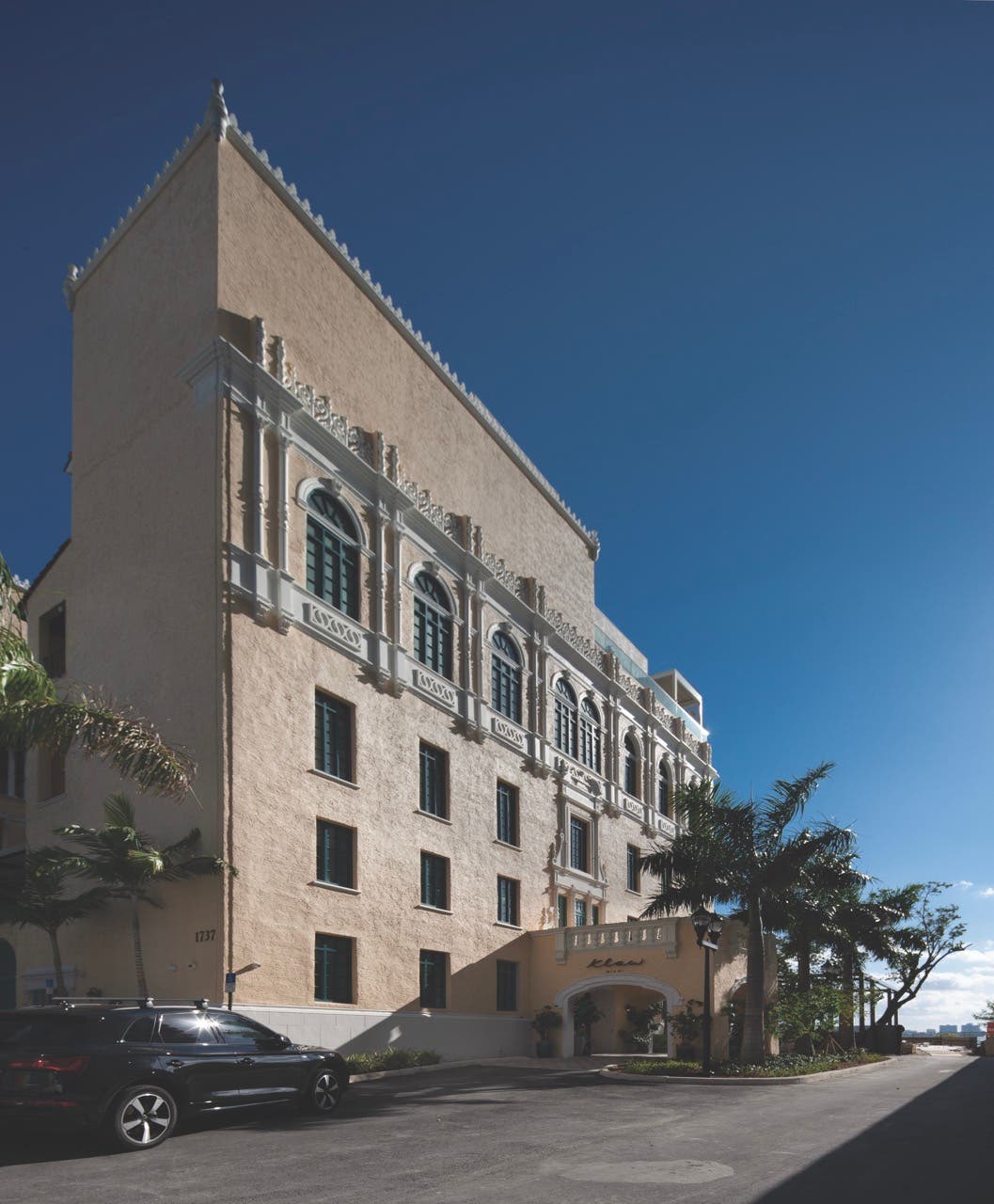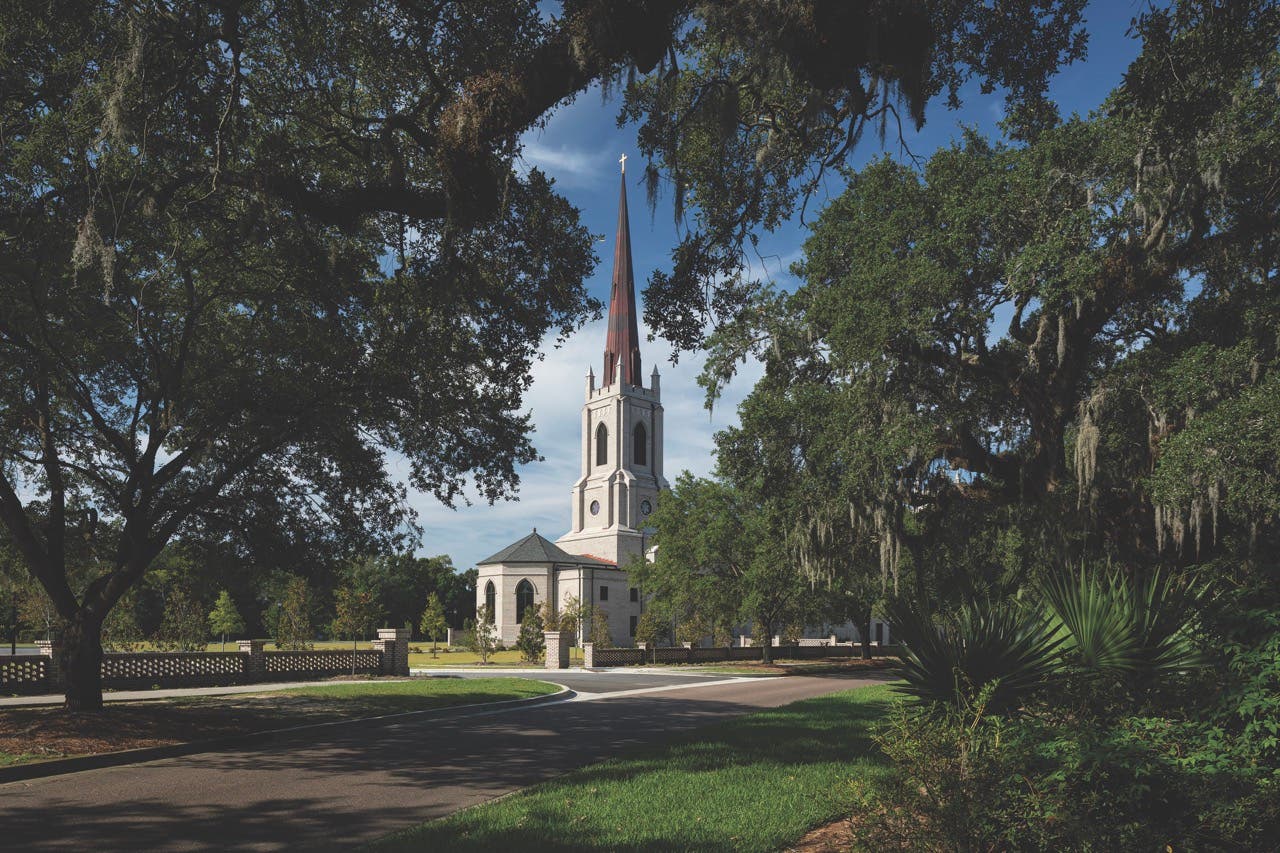
Palladio Awards 2016
A Chapel for the Ages at Virginia Theological Seminary
2016 Palladio Awards Winner
New Design & Construction, Less Than 30,000 sq.ft.
Winner: Robert A.M. Stern Architects, New York, NY












PROJECT: Immanuel Chapel, Virgina Theological Seminary, Alexandria, VA
Architect: Robert A.M. Stern Architects LLP, New York, NY; Grant F. Marani, AIA, Project Partner; Charles Toothill, Esther Park, Project Architects; Rosa Maria Colina, Project Manager
Landscape Architect: Michael Vergason Landscape Architects, Alexandria, VA
Contractor: The Whiting-Turner Contracting Co., Greenbelt, MD
KEY SUPPLIERS
Liturgical Design Consultant: Terry Byrd Eason Designs, Chapel Hill, NC
Lighting Designer: Fisher Marantz Stone, New York, NY
Acoustical and AV Consultant: Jaffe Holden Acoustics, Inc., Norwalk, CT
Structural Engineer: Robert Silman Associates, New York, NY
Organ: Taylor & Boody Organbuilders, Staunton, VA
Furniture: Woodpecker Enterprises, Apex, NC
Brick: Old Virginia Brick, Salem, VA
Windows: LePage Millwork, Riviere-du-Loup, Quebec
Metalwork: Daniel Miller, Waynesville, NC
Interior Flooring (Blue Stone): Devonian Stone, Windsor, NY
Bells: Whitechapel Bell Foundry, London, England
Lighting Fixtures: Crenshaw, Floyd, VA
Plaster: C.J. Coakley Co. Inc., Falls Church, VA
Since its consecration in 1881, Immanuel Chapel had served as the spiritual center of the venerable Virginia Theological Seminary. For more than a century, the historic red brick building with Gothic Revival detailing pointed heavenward as the school, the largest and second oldest accredited Episcopalian seminary in the country, grew around it on its 80-acre campus in Alexandria, VA.
After a fire destroyed the iconic edifice in 2010, the seminary’s leadership commissioned Robert A.M. Stern Architects of New York City to design a “timeless” chapel that would honor the institution’s history yet be a monument to its present and future endeavors. “Our design was conceived not as a nod to the 19th century but rather as a chapel for the ages to honor and carry forward all that had gone before on the seminary’s campus,” says architect Grant F. Marani, AIA, and Fellow of the Australian Institute of Architects, who served as project partner.
Even if the seminary had desired to replicate the old chapel, it was not a viable option. The building was narrow and before the blaze, additions had been made and more had been under discussion for decades. But neighboring buildings precluded the expansions that were deemed necessary to appropriately serve students and community worshippers. What’s more, it was discovered that the old chapel had no footings, precluding any type of cost-effective, code-compliant renovation or restoration.
“The seminary seized the opportunity to reinvigorate the institution while retaining important memories of the old,” says Marani. “The chapel we designed was at the time the newest building on the campus, which was established in 1823, and obviously also the most important since the earlier chapel was built.”
Greek-Cross Plan
Marani, along with project architects Charles Toothill and Esther Park and project manager Rosa Maria Colina, created a Greek-cross plan for a building whose exterior reflects the red brick of the campus’ earliest buildings and whose plain-spoken interior provides a worship space flexible enough for intimate services as well as large-scale
celebrations.
“The 19th-century campus buildings are a mix of styles ranging from Italianate and Georgian to Federal,” Marani says. “The variety gives the campus charm because the various architects – excuse the pun – sang in harmony. None of the buildings shout; they speak comfortably.”
The red brick chapel the Stern team designed is defined by straightforward forms and a simple foursquare spire, features that complement the surrounding eclectic array of architecture. The new chapel, which at 18,400 square feet is twice the size of its predecessor, features an octagonal room that overlooks the ruins of the earlier building, which have been transformed into a tranquil garden designed by Michael Vergason Landscape Architects of Alexandria. “There is an intimate relationship between the old chapel and the new,” Marani says. “They commune together.”
The site, which offers views of the Grove, a wooded area at the center of the campus, was largely clear. “There were two long-standing oak trees that we had to fell, but they were not lost,” Marani says. “The wood was salvaged and reused for the chapel organ’s case.”
Gateway to Seminary
The chapel, the largest structure on the southern end of the campus, serves as gateway to the seminary. The project also included adding a new entrance to the neighboring Welcome Center, turning that building from a rectangle to a T-shape, and reconfiguring the entry drive and arrival court.
The chapel’s ceremonial entrance, marked by a broad west-facing portico, greets visitors and congregants, and a terrace at the seminary community entrance to the north receives seminarians and staff members.
“It’s the most complex building on campus, and it’s also the most elegant,” Marani says. “But it doesn’t feel overwhelming because of the way it is composed; we balanced its large mass with low, one-story gable-fronted pavilions.”
Inside, the four corners of the Greek cross are designed for specific uses: There’s a parish parlor, a children’s room, a choir room and a vesting room/sacristy. The floor plan is flexible and the two altars are moveable, so the space can be transformed to accommodate primary seating for 25 to 30 students at morning and evening services and up to 300 congregants for midday Eucharist and Sunday services.
The design reflects the chapel’s multipurpose mission: Not only is it a place of worship for the seminary community, the local congregation, and visitors from the worldwide Anglican Communion, but it also is a space for seminarians to learn to lead worship.
“Inspiration for the interior came from Colonial-era Virginia churches, many of which are very simple with stone floors and white walls,” Marani says. “We found it a calming and beautiful way to link to the past. But the floor plan is more generous than those older buildings and supports the liturgical requirements of the 21st century.”
Natural Light
The chapel, which features stone and wood-plank flooring, plaster coffered ceilings and plaster walls, exploits natural light not only from a lantern above but through oculi at the four sides of the cross, creating a singular spiritual ambience. “The light changes during the day, so the effect at morning prayer is different from the light at midday Eucharist,” Marani says.
A simple circular chandelier, designed by the Stern team and engineered by Zack Zanolli of Fisher Marantz Stone of New York City, is equipped with uplights and downlights as well as speakers. The vaulted ceiling enhances acoustics, whether a festive band is playing, the choir is singing or a celebrant is leading prayer.
A trio of arched stained-glass windows, the only ones that survived the fire, were incorporated into the oratory, as was a wooden pew that then-President Gerald Ford and his family sat upon when attending services.
The new chapel is also sustainable. Certified LEED Gold by the U.S. Green Building Council, its walls and ceiling have energy-efficient above-average R-ratings to ward off the heat and cold. Large windows flood the interior with natural light, and local materials, notably the brick and stone for its facades and the repurposed timber for the flooring and organ, predominate.
The new Immanuel Chapel, which opened in 2015, immediately established itself as a worthy successor to its 1881 predecessor. “When people walk in, they feel they have arrived at a very important place in the Episcopal Church in the United States,” Marani says. “We are honored to have been asked to design a new spiritual heart for this important institution, and we hope we have risen to the challenge.”








